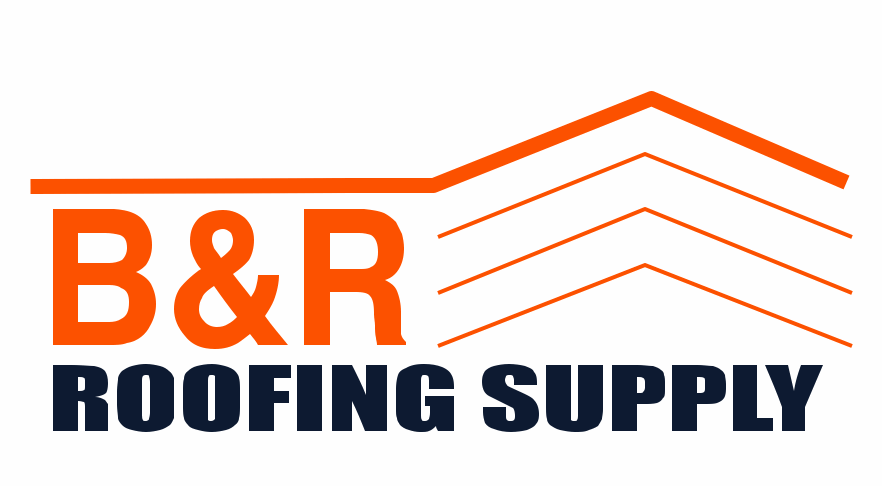Roof System 101
My Roof is Cooler Than Yours Roof System
A roof shingle will determine how your roof will look and will be the first defense against the elements. However, it is the roof system and how that system is installed that will determine how well your roof will perform and for how long. A roof "performs" by keeping water out, preventing moisture buildup and subsequent rotting and mold, as well as aiding in household temperature control and energy savings.
Cool Roof Rated Products combined with the following components can build up the energy efficiency of your home: Ventilation, Underlayment, Decking, and Flashings.
Contact us today and we can help you put the right products together to build an energy efficient roof system in any style so that you can say My Roof is Cooler Than Yours.
Ventilation
Proper attic ventilation lets your home breath. Normal household activities, like bathing or cooking, generate moisture that can damage insulation, rafter, wood deck, and shingles during winter. During the summer the daytime attic temperature may reach over 150 degrees. The heat buildup in the attic will increase the load on the air conditioner and reduce its efficiency. Hot attic air is potentially destructive causing premature aging and cracking of wood and roofing materials. All of which can shorten roof life.
Proper attic ventilation reduces energy cost and will extend the life of your roof.
Underlayment
Roofing underlayment provides your roof with an extra layer of protection that shingles alone can’t match.
Your shingles serve their own purpose: they’re the first line of defense. Shingles reflect the sun’s rays, withstand wind and block precipitation.
But shingles overlap and aren’t sealed at all corners. They can be lifted by strong winds. This makes shingles vulnerable to tear-off or infiltration by wind-driven rain. Shingles can become brittle from age. The heat of an unventilated attic can cook your shingles, too. Water-resistant underlayment is enough for the surfaces of most roofs. It provides the protection that your roof needs during and after installation.
Waterproof roofing underlayment should be used at:
Eaves
Valleys
Protrusions (chimneys, vent pipes, skylights, etc.)
Surfaces of low-slope roofs
Decking
The roof deck is the foundation your roof is built on. The rest of the roof is built to strengthen, water proof, ventilate, and add curb appeal to your roof deck. The most common roof deck is OSB (Oriented Strand Board). Some contractors use plywood, although OSB has surpassed plywood in popularity with a proven track record at a reduced cost.
OSB with Radiant Barrier (foil backing), when installed with the radiant barrier facing inward, can reduce attic temperatures by up to 30 degrees.
A radiant barrier is a layer of metallic foil that blocks radiant heat, assisting in the energy performance of a building. Radiant barriers work very well at reflecting radiant heat back towards the source, keeping it much cooler on the other side of the product.
Flashings
Flashing refers to impervious materials (usually aluminum, lead, or copper) installed to prevent the passage of water into a structure from a joint or as part of a weather resistant barrier system. In modern buildings, flashing is intended to decrease water penetration at objects such as chimneys, vent pipes, walls, windows and door openings to make buildings more durable and to reduce indoor mold problems.
A.L.L. Roofing Materials manufactures Stone Shield Flashings. These are stone coated flashings with stone color blended to compliment your roof for the life of your roof. Unlike painted flashings that will chip or fade in 2 - 4 years.

